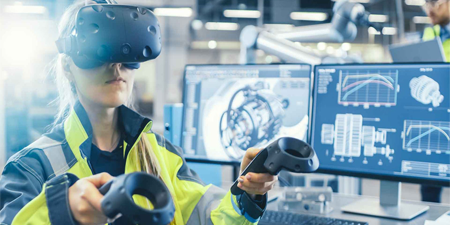Artificial Intelligent Perception Systems (AIPS)
The Intelligent Artificial Perception Systems (SPAI) research group is dedicated to developing innovative technologies in computer vision and artificial intelligence for industrial, engineering, and scientific sectors. The primary objective is to support digital transformation in these sectors through perception systems capable of capturing, processing, and analysing complex information from various types of vision cameras, thereby contributing to enhanced productivity, safety, and sustainability across a wide range of applications.
Their expertise spans from visual analysis using 2D and 3D cameras to applications beyond the visible spectrum, including thermal, night, and ultraviolet data processing. They also have extensive experience in hyperspectral image analysis, a technology that provides chemical information about objects, enabling far more detailed, non-invasive analysis that cannot be performed with conventional cameras. This allows the identification of materials, features, and compositions invisible to the naked eye—key for inspections in sectors such as agri-food, chemical, and recycling industries.
ITCL is equipped with a laboratory that enables rapid prototyping of objects and spaces, using RGB cameras, thermal sensors, 3D sensors, and illumination systems, among others. The lab also includes cutting-edge technology such as event-based and hyperspectral cameras. This equipment enables the team to operate across various industrial sectors, translating research into practical, customised solutions.
The group has a strong track record of collaborative projects with both national and international companies, developing technological solutions that address specific challenges while opening up new opportunities in key sectors.
R&D CAPABILITIES IN COMPUTER VISION
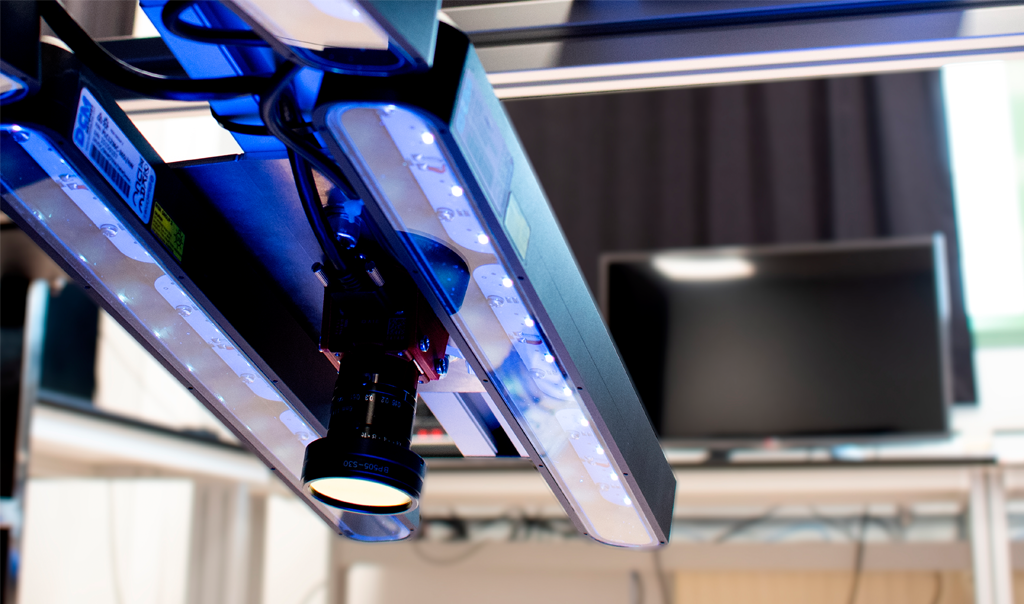
Advanced Visual Prototyping
- Design and fabrication of prototypes in the lab for computer vision-based inspection.
- Selection and testing of vision equipment: cameras, filters, and specialised lighting.
- Development of custom algorithms for specific usage conditions.
- Integration of internal and external communication systems, with standards such as 5G
- Applications: automated scanning systems, connectivity with linear actuators, online product analysis.

Intelligent Human Analysis
- Detection of people, joints, and relevant elements.
- Tracking and reidentification of individuals and features.
- Detection of personal protective equipment (helmet, vest, gloves, goggles, safety boots) for reporting, alerts, or access control.
- Estimation of 3D positions for ergonomic, sports, or virtual reality environments
- Gesture detection for action control or risk monitoring (e.g., falls)
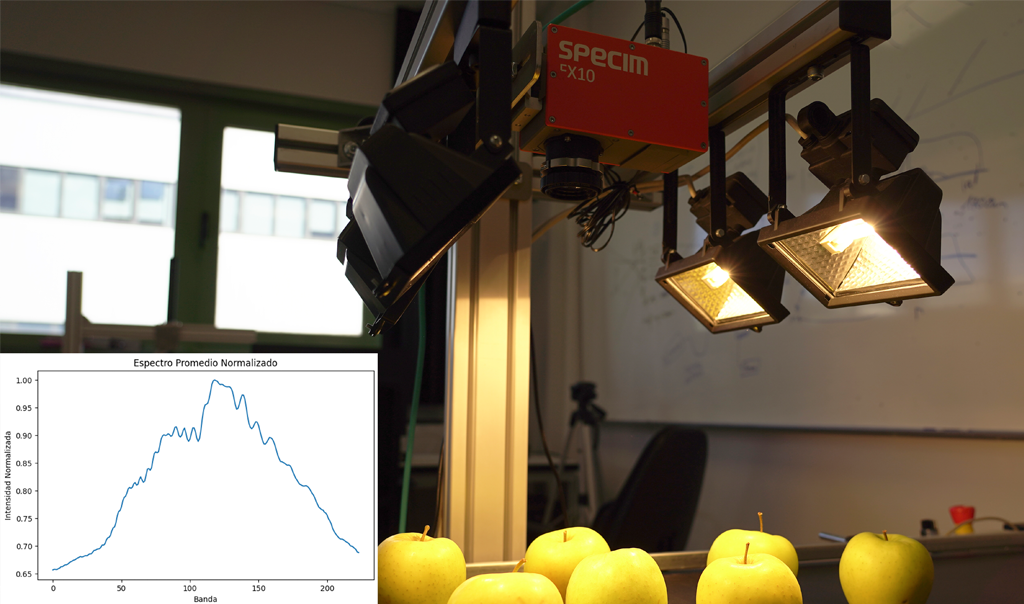
Hyperspectral Image Analysis
- Material identification and characterisation: plastic recycling, recycled content estimation
- Analysis across visible and infrared ranges, with hardware covering wavelengths from 400 to 1700 nm. Platforms include industrial conveyor systems and rotary scanners.
- Applications in food quality and safety: detection of contaminants and foreign objects in food, quality classification, and freshness evaluation in fruits and vegetables.
- Other agri-food applications: crop monitoring (growth, diseases, weather damage), quality control in processed food production (moisture and fat measurement in baked goods, quality control in cheese and dairy)
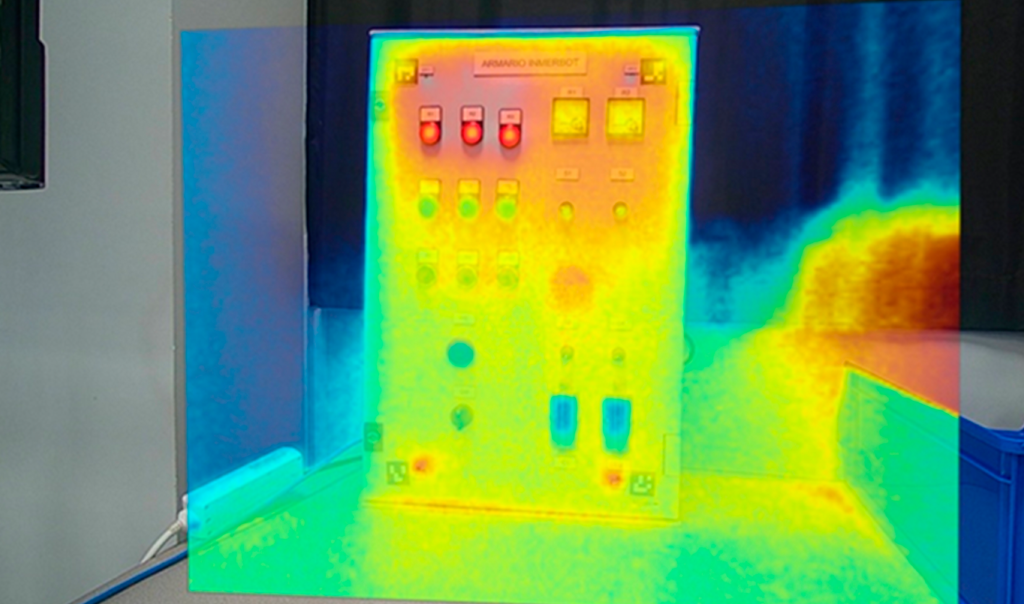
Industrial and Scientific Thermal Imaging
- Thermal data processing for monitoring exothermic chemical reactions.
- Risk alerts for thermal hazards like fires or overheating.
- Spatial and temporal gradient analysis in industrial environments.
- Predictive maintenance tasks and inspection of critical infrastructure.
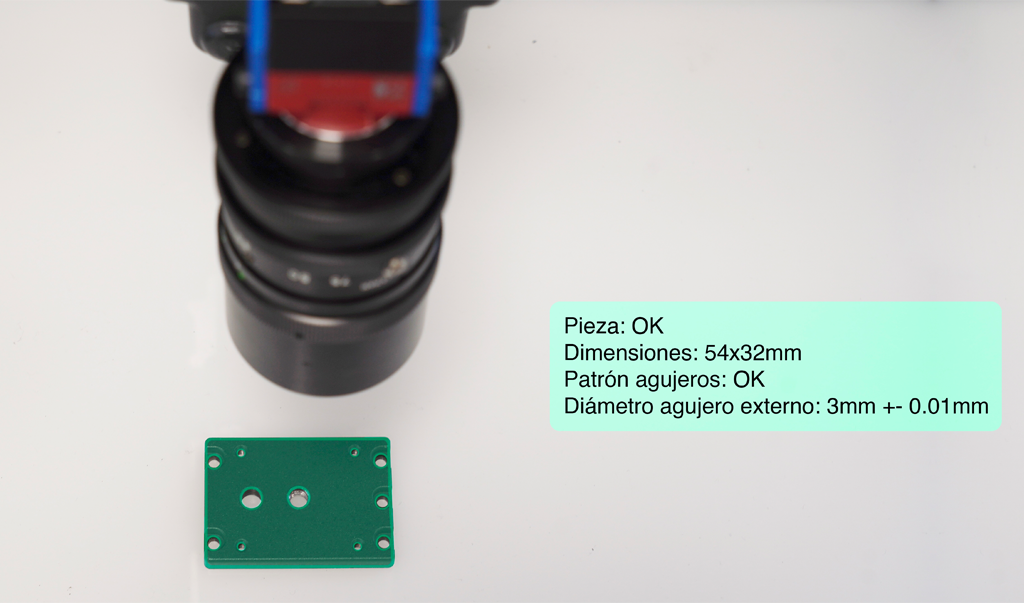
Precision Metrology
- Data fusion from multiple captures of the same object to obtain a complete scan.
- Sensor fusion to enhance capabilities: visible light camera + LIDAR distance.
- Applications: high-precision quality control, autonomous robotics assistance, defect verification.
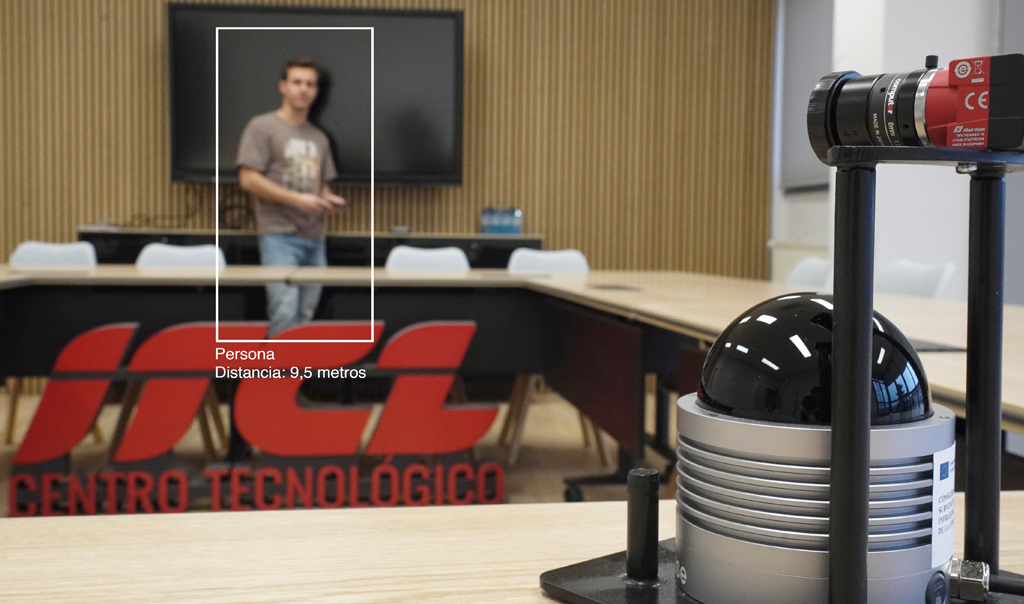
Real-Time 3D Vision
- Development of custom algorithms for industrial quality control, processing large volumes of 3D data in real time.
- Development of object and position detection systems in 3D space. Applications include defect detection and guidance.
- Integration and processing of RAW data from sensors such as profilometers, 3D cameras, or structured light
- Applications: robot guidance, depalletising or bin picking, obstacle detection, point cloud processing.
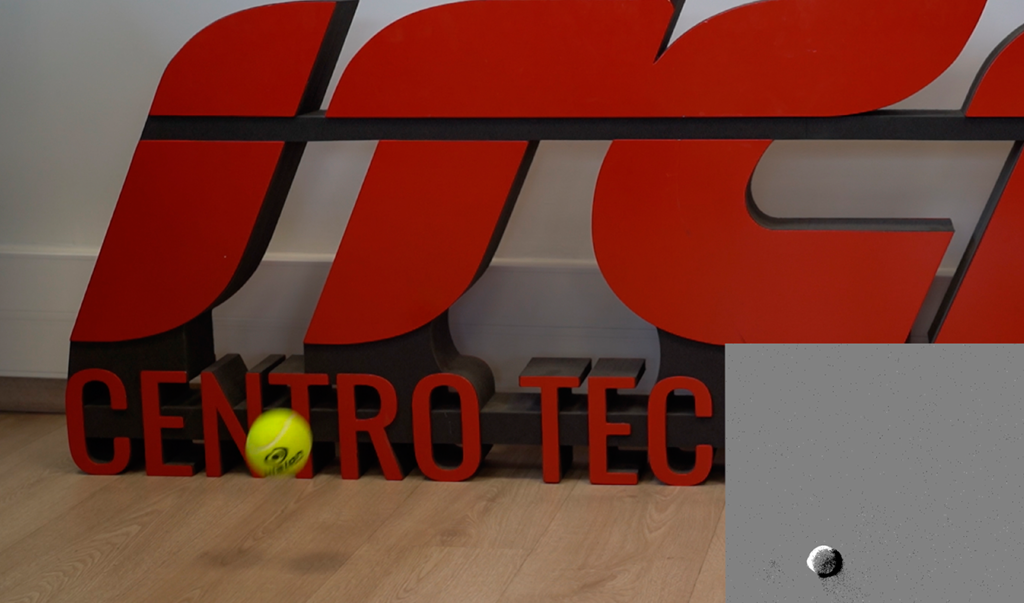
Event Camera
- Image processing for high-speed, low-light, or high dynamic range applications.
- Vibration analysis in industrial environments.

Satellite Image Analysis
- Study of soil organic carbon.
- Analysis of key parameters in marine ecosystems: turbidity, chlorophyll levels, or pollutants.
- Processing of multispectral and hyperspectral data.
OUR TEAM
The area is composed of highly qualified senior and junior researchers who strive for innovation through a continuous process of learning and development.
Julen Rostan
Head of the Intelligent Artificial Perception Systems Group at ITCL
Graduate in Computer Engineering and Master’s in Business Intelligence and Big Data in Cyber-Secure Environments. Co-author of scientific articles in the field of computer vision and real-time processing.
Specialist in computer vision, with experience in selecting hardware for image acquisition and developing and implementing advanced algorithms for industrial and scientific applications. His main research areas include hyperspectral vision and the development of optimized solutions for real-time execution.

RESEARCH PROYECTS
HosmartAI – Intelligent Hospital Development
The HosmartAI project will create a common open integration platform, with the necessary tools to facilitate and measure the benefits of integrating digital technologies (robotics and AI) into the healthcare system.
Several large-scale pilot projects will make it possible to evaluate the various improvements in several hospital environments:
Medical diagnosis, surgical interventions, disease prevention and treatment, rehabilitation support and long-term care.
Duration: 2021 - 2024
KAIROS – Intelligent Manufacturing for Naval Composites
Research in cutting-edge composite manufacturing technologies, Industry 4.0 and Digital Twin aimed at developing a solution for the efficient manufacturing of large composite parts for the shipbuilding sector, with a high degree of automation, as well as quality and cost optimisation.
Duration: October 2021-September 2025
SMART NOC – Intelligent Network Control Management
SMART NOC focuses con integrating cutting-edge digital technologies to enhance the efficiency and security of network control centers. Intelligent network control center management is essential for modern communication networl operations.What is SMART NOC? This...
AgrarIA – AI in Agriculture: Enhancing Production Efficiency
Research into the entire value chain of agricultural production through systems governed by artificial intelligence, with CO2 reduction, energy sustainability, productivity and competitiveness.
Duration: 2021-2024
INMERBOT – Immersive Robotic Inspection Tech
INMERBOT is an R&D project with a clear scope: To advance knowledge of teleoperation and management of multi-robotic systems in highly immersive environments for inspection and maintenance applications.
Duration: 2021-2024





